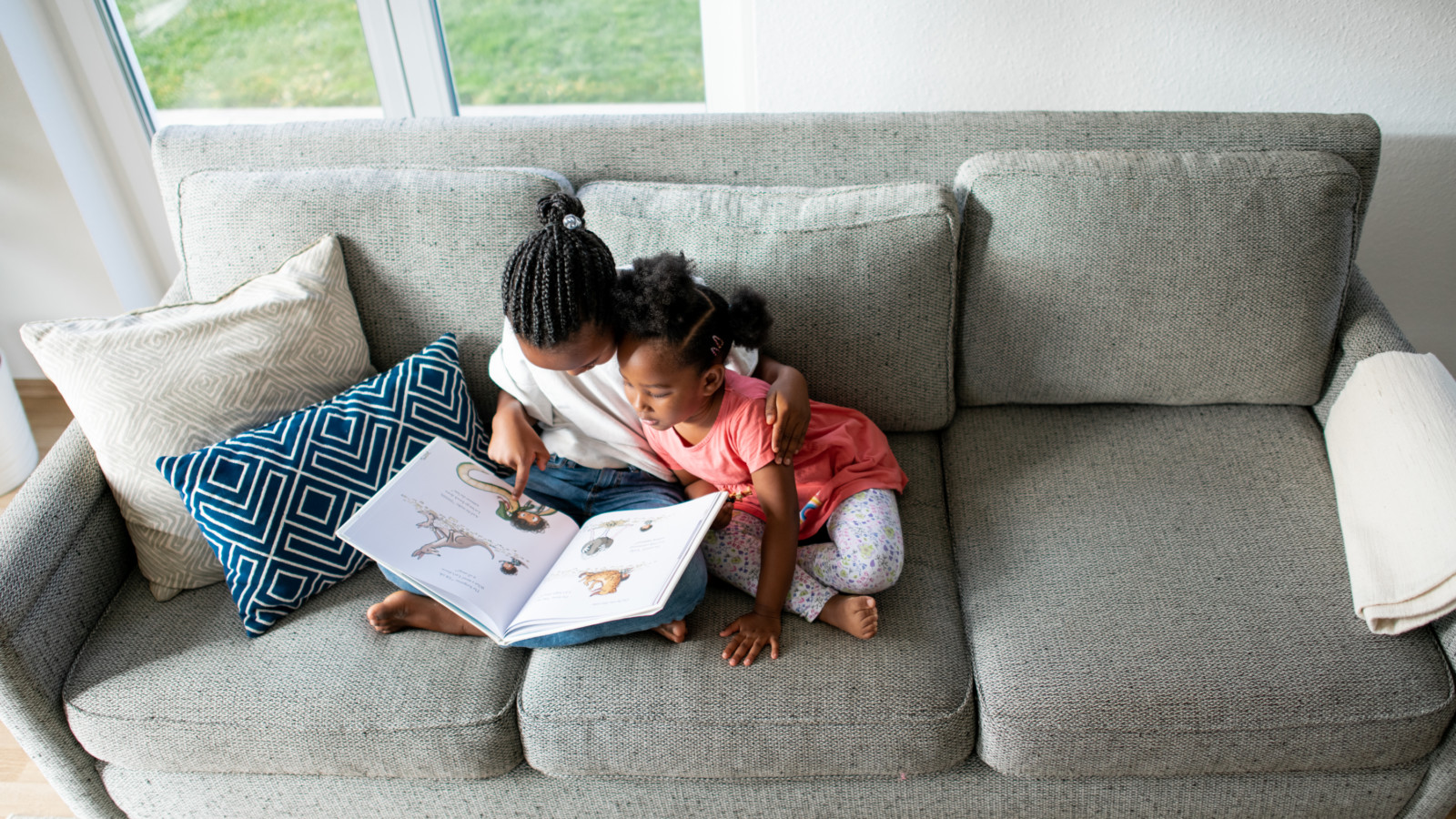The lights and flash of the screen beckon them. The allure of immersive games and digital banter call their name. The commentary of peers and strangers alike on their photos and posts draw them into a vortex of the intangible.
With all of the technological temptation looming out there, how does one accomplish the near impossible? A feat that even with the most creative coaxing most often yields lackluster results at best…
How do we get our kids to love to read?
Reading builds our kids’ brains. It enables them to think critically and to evaluate creatively. It builds their vocabulary which increases their capacity for communication. It reinforces lessons on character, conviction, and triumph over tragedy.
As a middle school teacher who specialized in Language Arts, I was determined to get creative in order to get my students to find the power of the pen as captivating as I did. And, while some kids were harder to win over than others, getting all of our children to love reading can and must be done. Their academic prowess depends on it.
So, how do we do it? From the youngest children in our care to the most high-maintenance middle schoolers, here are some of my most well-oiled tricks and techniques for inspiring your kids to put down the gadgets and pick up a book instead.
Know your audience.
I was definitely not a sports fanatic when I was a kid. So if my parents or teachers had recommended a Mike Lupica book, I would have never taken the bait. My brother, on the other hand, couldn’t consume enough of this content. I was far more into the likes of Laura Ingalls Wilder, Nancy Drew, and The Babysitter’s Club. And, because these were topics based upon my likes and interests, I was definitely inclined to pour over their pages.
The same goes for how I select the novels that I teach. I aim to create a cache that is rich in literary devices, in accordance with the standards, but also storylines, characters, and circumstances that will draw my students in and make them want to dive deeper in discovering what makes the protagonist tick and how that climax is going to end.
Historical fiction can do that.
Biographies can do that.
Graphic novels can do that.
There’s an array of resources out there to help steer your child in the right direction of selecting books that are the best fit for them. Scholastic, goodreads, and The New York Public Library are all a great place to start. Talk to their teacher about where their reading level is to make certain that both you and your child are picking books within their comprehension range. But, outside of that, just be sure that the topics you pitch to your child or preteen resonate with who they are as an individual.
Bring the stories to life.
We would read The Help in class and then watch the film (complete with popcorn, of course). We’d study Breaking Through and take a field trip to Santa Clara University to tour the campus where the author was a professor. Books about the rain forest can turn into immersive arts and crafts projects, and a story about baseball can become an afternoon pick-up game.
As teachers, we know that the immersive is crucial to our students developing a connection to the stories they read. And, parents can easily replicate this in their home environment. Read If You Give a Pig a Pancake and then make breakfast-for-dinner together afterwards. Pick a chapter book with your child that has a corresponding film and plan a movie and pizza night as a reward for finishing it.
Incentivizing your kids isn’t bribery—it’s sweetening the learning deal and giving them something to look forward to while they are growing as scholars.
Practice what you preach.
If you ask your kids to read, then show them that you are in the trenches with them, whether that is helping them learn to read through read alouds or reading alongside of them when they reach independence. Our children hate hypocrisy, but they love teamwork and shared experience. So, make a pact for you both to read for 30 minutes at the same time each evening. Model how you actively read—noticing nuances about characters, metaphors and figurative language to help them read deeper into their own narratives and build their comprehension skills. And, never forget to celebrate at the end of each day’s session. Make the little moments a big deal—for you and for them—to keep everyone’s motivation strong.
Some kids are born readers. They don’t need coaxing or coaching—they live to devour the dialogue and drama. Others require far more convincing to get them engaged. There’s no right or wrong scenario—we just can’t give up, especially on our most reluctant readers. So, talk to your child’s teacher for tips and techniques. Converse with your fellow parents to strategize and see what’s working with their kids. But, most importantly, talk to your child about what they like, what they want to read, and how you can best help to get them on the road to reading.


